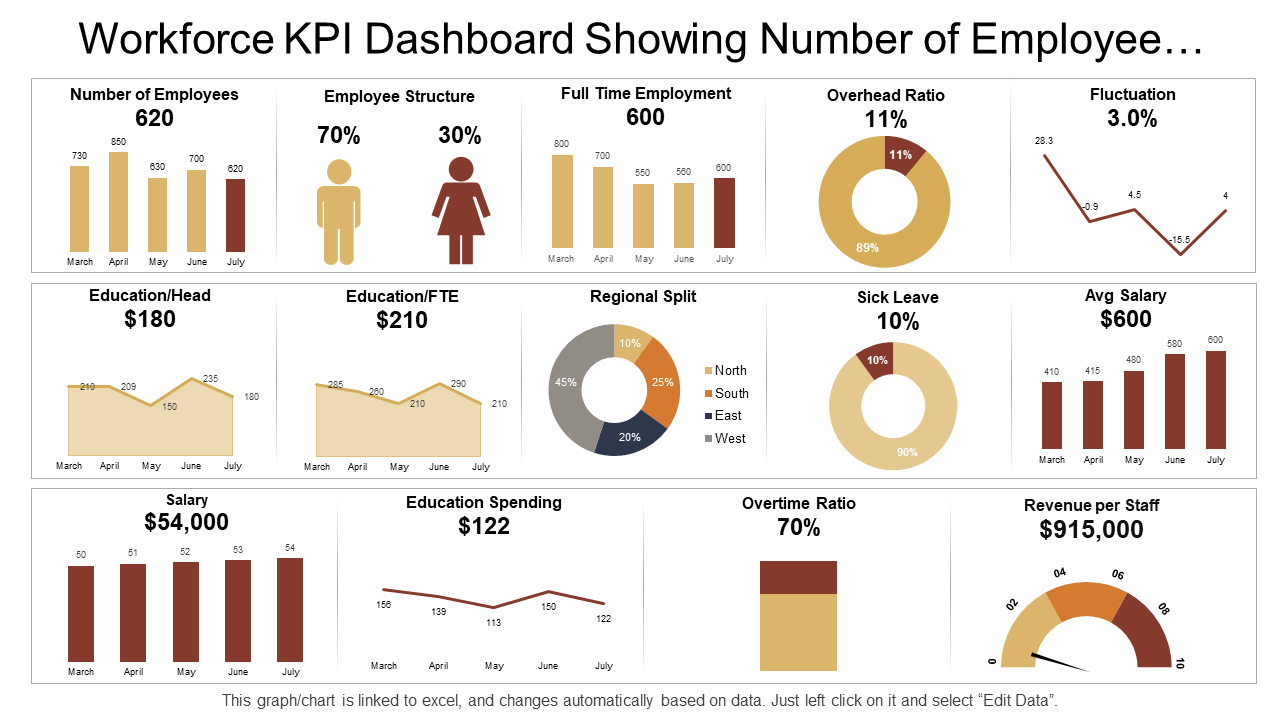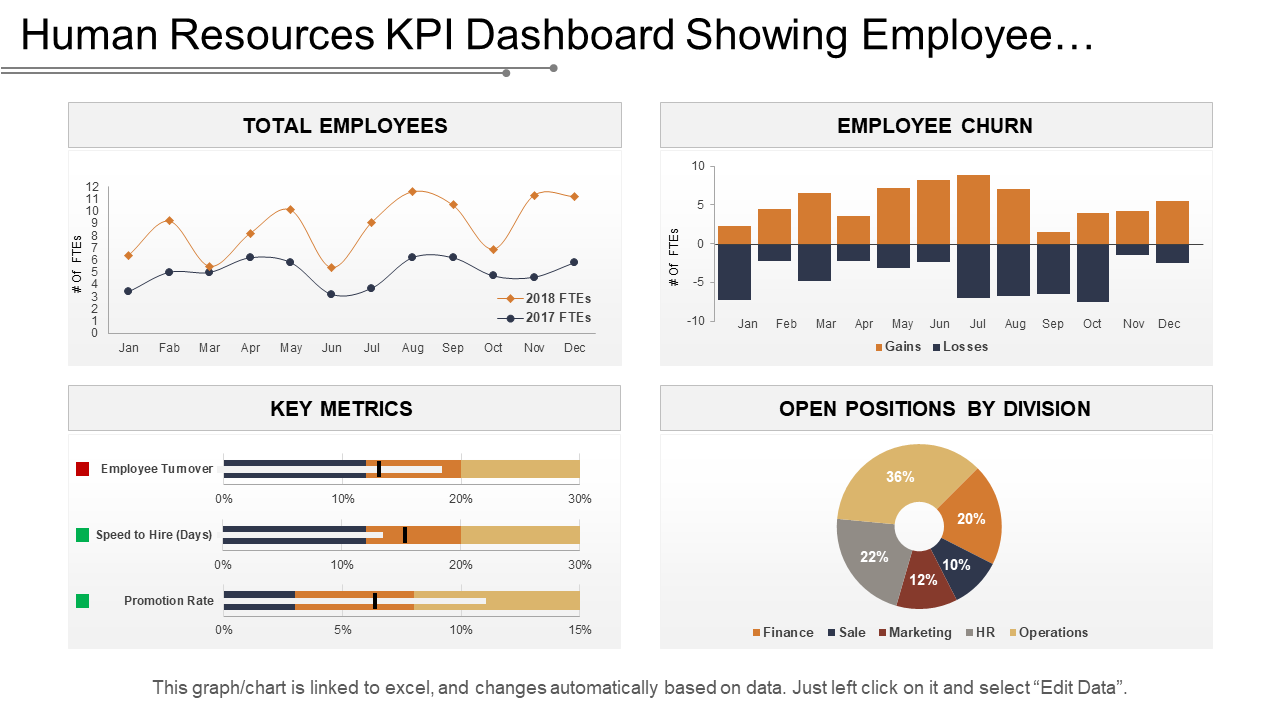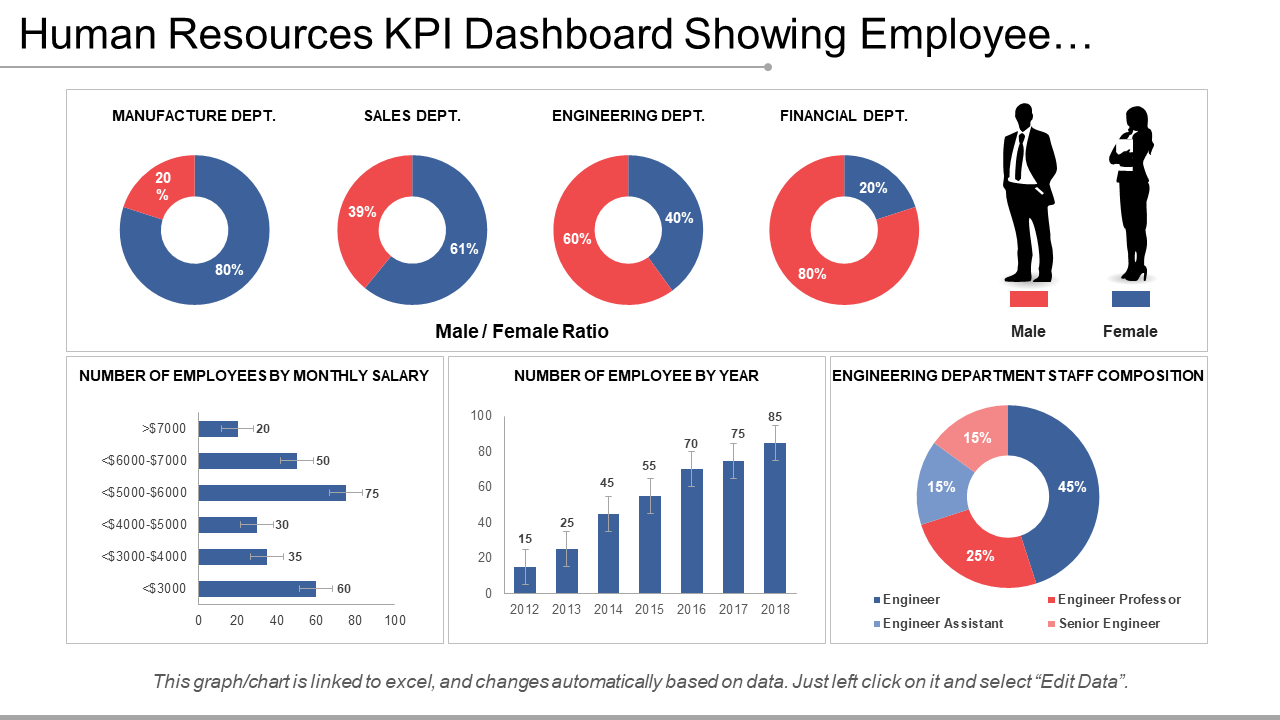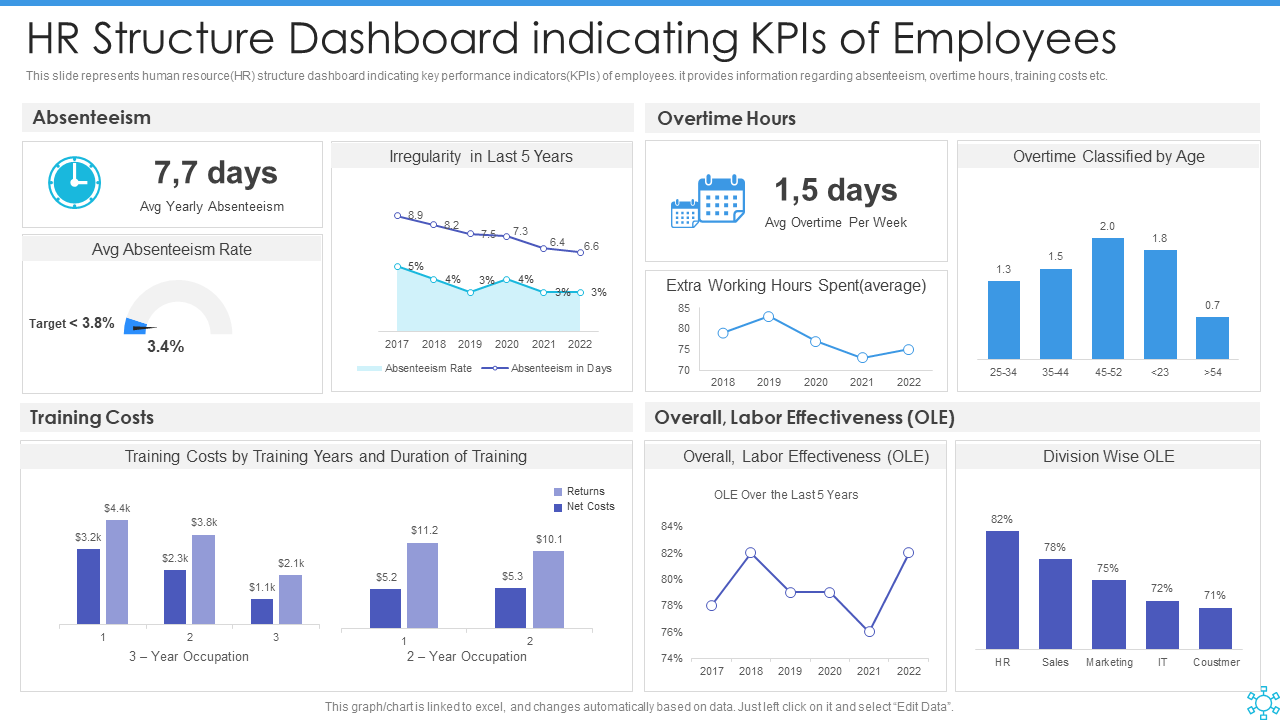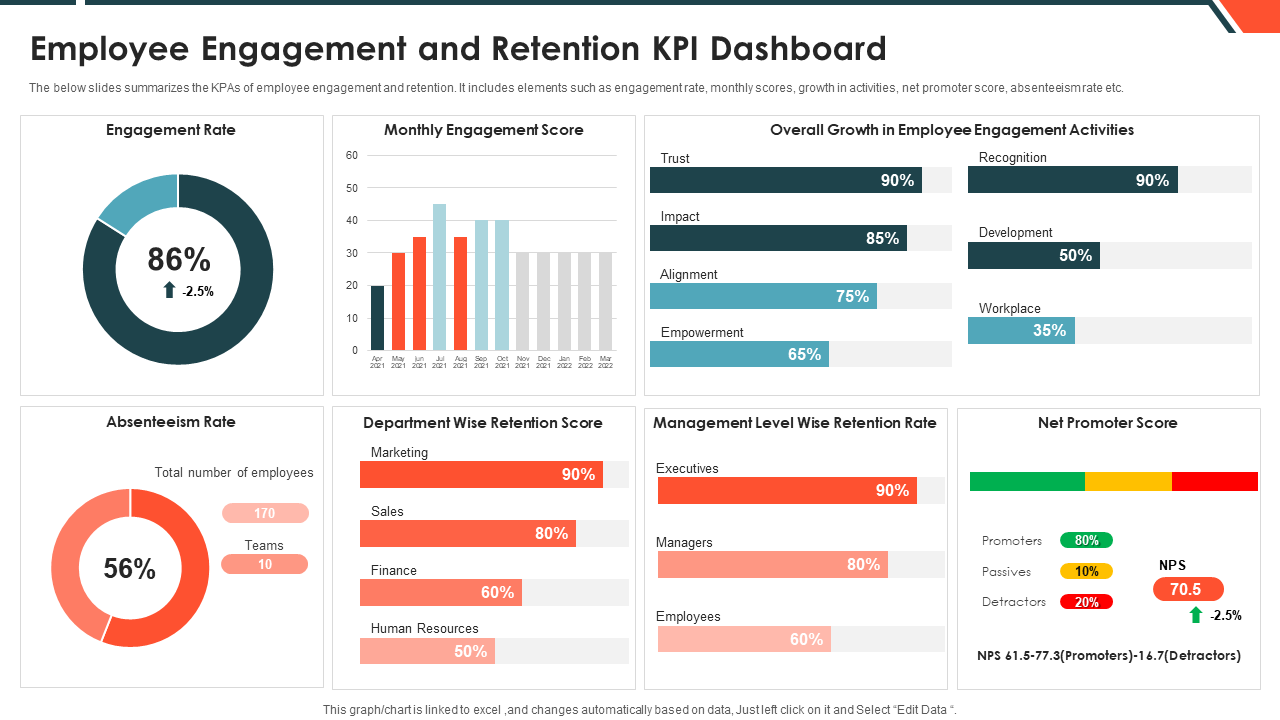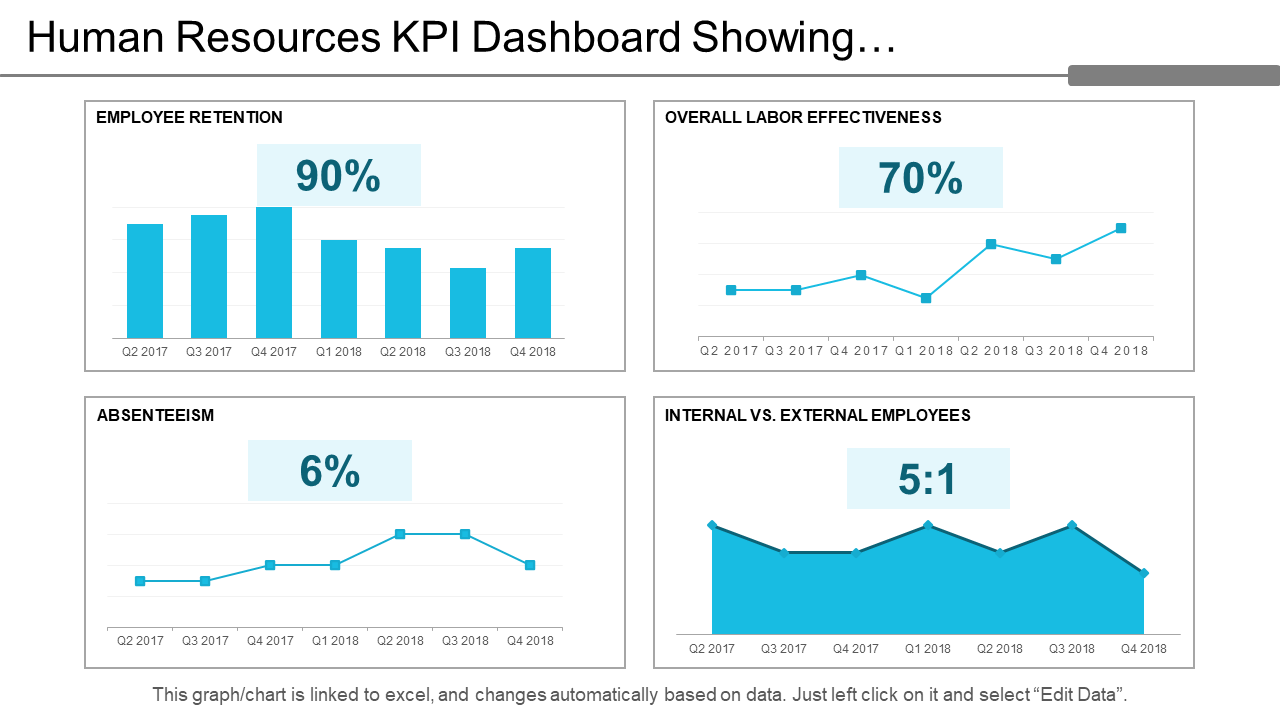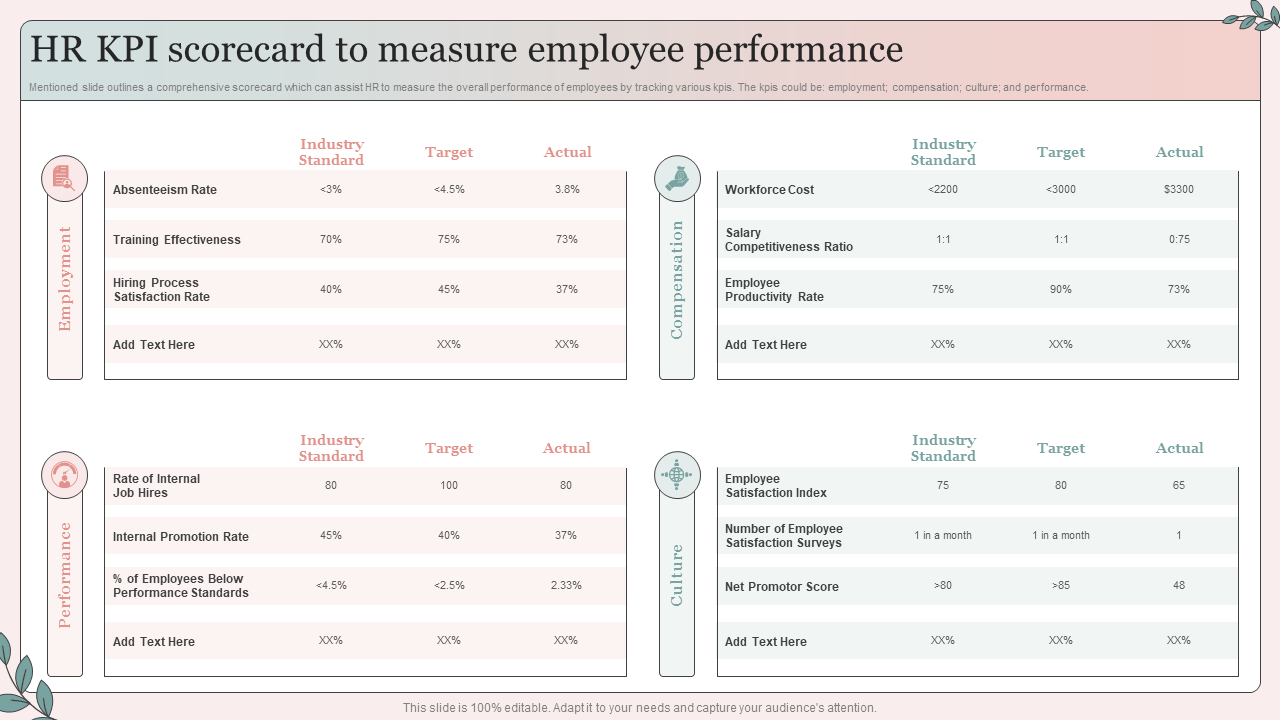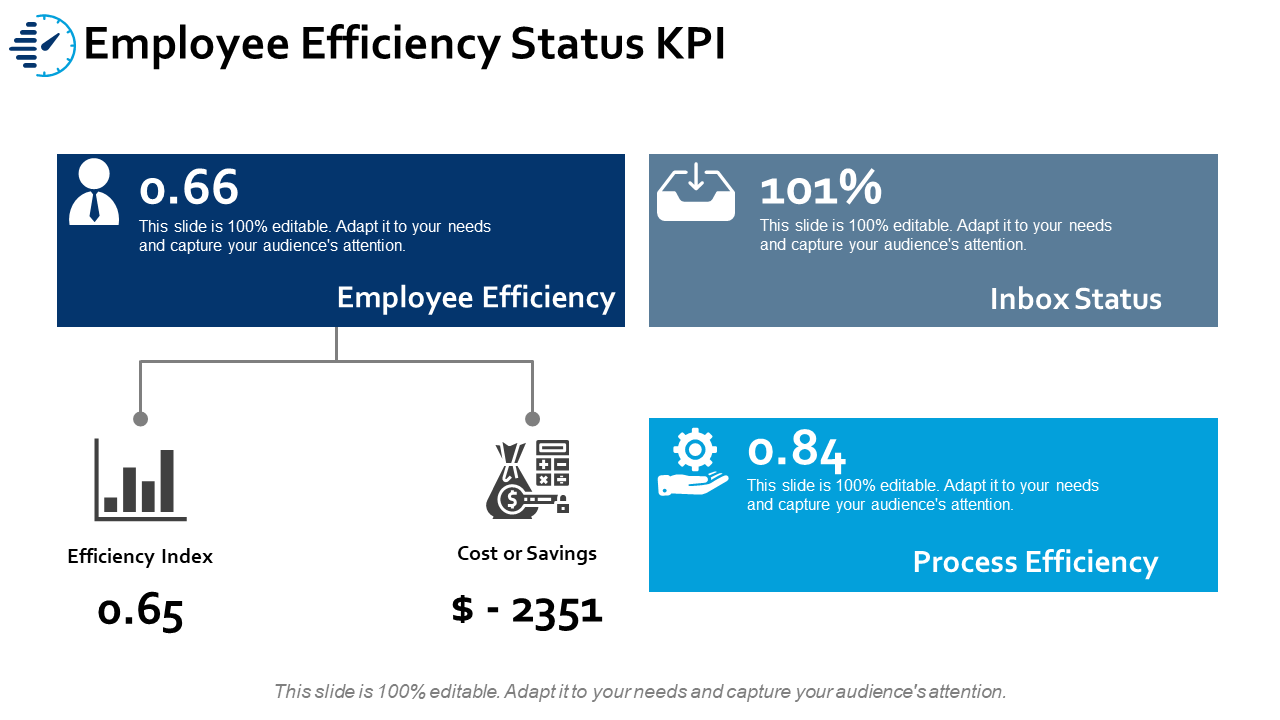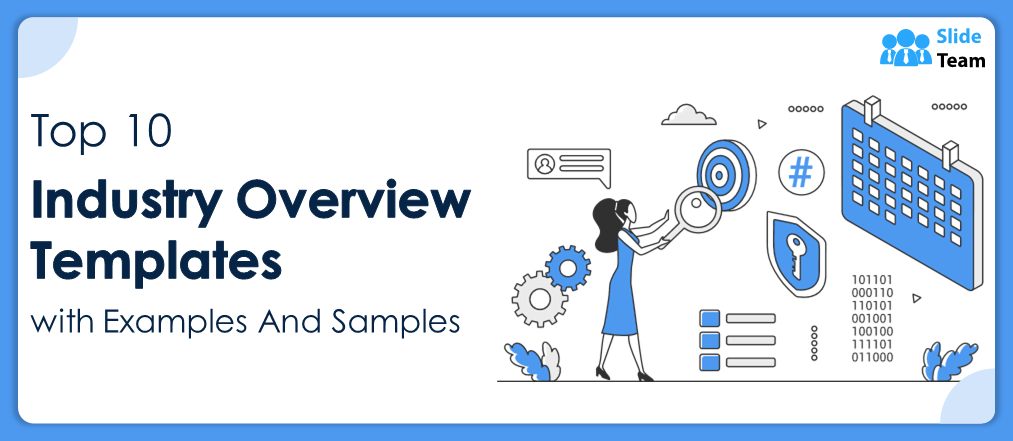How is your team’s performance? What are their tasks and how far along are they? How do their effortsinfluence the revenue? All these questions are necessary for you to improve and sustain productivity. This is why, employee KPIs are important to measure performance, enhance employee engagement, align employee goals with organizational objectives, provide feedback and coaching, and determine development and training costs and needs.
What are Employee KPIs?
Do you ever wonder how companies evaluate the performance of their employees? One method that is commonly used is Employee Key Performance Indicators or KPIs. These measurable metrics are used to track and measure the performance of employees and their contribution to the organization's goals.
These indicators help employees understand their job responsibilities, focus on their goals, and work towards achieving them. They also provide employers with valuable insights into their employees' performance, which they can use to make informed decisions about promotions, bonuses, and other rewards. Ultimately, KPIs are an effective way to ensure that both the employees and the employers are aligned toward achieving the organization's goals.
Are you struggling to get ahead of the competition and maximize your HR performance? Revamp your personnel management with these Top 10 HR KPI Templates!
Why do you need Employee KPI Templates?
Employee KPI templates are important for ensuring consistency and clarity in expectations, focusing employees on the most important objectives, providing a measurable way to track progress, holding employees accountable for their performance, and benchmarking performance against industry standards.
We at SlideTeam, offer you the most effective Employee KPI templates to improve your company's productivity. These templates are 100% customizable, editable, and engaging This highlights the benefits of using employee KPI templates to enhance organizational performance.
Let’s explore!
Template 1: Workforce KPI Dashboard Showing Number Of Employee Overhead Ratio and Salary
This PPT Template is a visual representation of key performance indicators and provides an easy-to-understand overview of the organization's workforce performance. Organizations can make data-driven decisions to optimize their workforce by monitoring these KPIs regularly. It demonstrates KPIs like employee overhead ratio and salary.
Template 2: KPI Dashboard Showing Employee Churn Key Metrics and Open Positions
This PPT dashboard is a comprehensive view of KPIs that measure the employee turnover rate and the status of open positions in an organization. It displays a four-stage process, including Human Resources, HRM, and Human Capital.
Template 3: Human Resources KPI Dashboard Showing Employee Number by Salary Staff Composition
This PPT Slide measures the composition of an organization's workforce by salary range. This template allows Human Resource teams to track, analyze and report on HR KPIs. Find insights that enhance employee recruitment, satisfaction, and retention. Further, the template helps you move beyond basic monitoring and reporting and create a high-quality HR dashboard.
Template 4: HR Structure Dashboard Snapshot Indicating KPIs Of Employees
This template emphasizes the importance of HR analytics in extracting valuable insights from existing HR data and gaining new information. The PPT Template provides a dynamic and interactive HR dashboard that consolidates all relevant metrics in one place, making it accessible to HR professionals without requiring technical knowledge. It provides information regarding absenteeism rate, overtime hours, overall labor effectiveness, and training costs.
Template 5: Employee Engagement and Retention KPI Dashboard
This PPT Deck is a set of slides that can be easily customized and used for presentations. The slides cover topics such as engagement rate, absenteeism rate, monthly engagement score, overall growth in employee engagement activities, and net promoter score.
Template 6: Employee Onboarding Process KPI Tracking Dashboard
Onboarding is a crucial process that sets the tone for the employer/employee relationship. A successful onboarding process can lead to improved individual productivity of new hires and overall retention rates for the company. This PowerPoint Layout displays KPIs like onboarding completion status, progress chart, employees per office, and the number of hires starting in the current and next week.
Template 7: Quarterly Employee Performance Tracking With KPI Dashboard
This Dashboard PPT Template provides a quarterly employee performance analysis to identify effective and inefficient performance areas. Providing a comprehensive view of employee productivity trends can help organizations ensure that employees meet their performance targets and comply with company policies, regardless of their work location.
Template 8: Human Resources KPI Dashboard Showing Employee Retention Absenteeism
This PPT Template offers visibility into employee retention and absenteeism rates, allowing HR teams to track and analyze the percentage of employees who remain with the company over a given period. This KPI template is critical for organizations seeking to optimize their workforce management strategies, as higher retention rates typically result in increased productivity, reduced recruitment costs, and a more positive workplace culture.
Template 9: HR KPI Scorecard to Measure Employee Performance
This template provides a concise overview of an individual's role, responsibilities, and contributions to the organization. By providing employees with a scorecard, they can plan, prioritize, and implement projects more effectively, improving their productivity and overall job satisfaction. This Employee Performance Layout includes slides like employment, performance, culture, and compensation.
Template 10: Employee Efficiency Status KPI PPT Portfolio Slide
Tracking employee performance is important for any organization looking to optimize its workforce. Monitoring employee performance can help organizations assess their employees' effectiveness, efficiency, and quality of work. This template can provide employees with valuable feedback and help identify improvement areas. It includes stages like business, management, strategy, analysis, and icons.
Employee KPIs Are Not Just A One-Way Street!
KPIs are helpful for both employers and employees. They help employees understand how their work fits into the bigger picture and how their contributions impact the business's goals. By aligning individual goals with broader business objectives, KPIs can inspire employees to reach new heights and achieve greater success.
Well-drafted KPIs are not goals; they are a means to express what you want to achieve. By implementing a robust employee performance KPI template, organizations can improve employee engagement, identify top performers, and ensure that all employees meet expectations and contribute to the organization's success. So, pick up your favorite one from the above list and get set to improve your staff’s performance and make a more significant impact!
FAQs on Employee KPI
What are the six key performance indicators?
The selection of KPIs varies depending on the nature of the job and the organization's goals. For example, some common employee KPIs include:
- Customer satisfaction: This KPI defines customers' satisfaction level with the employee's performance and service.
- Productivity and quality of work: The accuracy, revenue generated by an employee, attention to detail, amount of work completed, and level of precision in an employee's work.
- Attendance: The number of days an employee is present at work versus the number of days they are absent. It is majorly defined by measuring the absenteeism rate.
- Employee and time engagement: The level of commitment and motivation towards the job and the organization, and the ability of an employee to manage their time effectively and complete tasks within deadlines is assessed under this KPI.
- Employee turnover rate: It is referred to the rate at which employees leave the organization.
- Training and development: The amount of training and development an employee has received to improve their skills and knowledge.
How do you calculate employee KPI?
Here are some general steps that can be taken to calculate employee KPIs:
- Define the KPI: First, identify the specific KPI you want to measure. This quantifiable metric should be relevant to the employee's role and responsibilities.
- Set targets: Once you have defined the KPI, set targets or benchmarks for what constitutes success. These should be achievable but challenging enough to motivate employees to strive for improvement.
- Gather data: Collect KPI-relevant data over a specific period, such as a month or quarter. This data should be accurate, reliable, and objective.
- Analyze the data: After gathering the necessary data, determine whether the employee has met the set targets. This analysis may involve comparing the employee's performance to industry benchmarks, the company's past performance, or other factors.
- Provide feedback: Share the KPI analysis results with the employee and provide feedback on their performance. If they have achieved the targets, provide positive reinforcement and recognition. If they have fallen short, identify areas where they can improve and develop a plan or invest in their training or other learning courses to help them reach their targets in the future. This may include an analysis of training costs for the employee.
What are good KPI examples?
There are countless KPIs that businesses can use to measure and evaluate employees’ performance. Here are some good KPI examples that are widely used across different industries:
- Sales growth rate: This KPI measures and demonstrates the percentage increase in sales over a specific period of time. It can help businesses track their revenue growth and identify expansion opportunities.
- Customer acquisition cost (CAC): This KPI measures the cost of acquiring a new customer by assessing their marketing and sales strategies and identifying ways to reduce costs.
- Employee turnover rate: It is the percentage of employees who leave a company within a given period. It can help businesses understand their retention rates and improve employee satisfaction and engagement.
- Website traffic: This KPI helps measure the number of website visitors over a specific period of time and understand the effectiveness of their online marketing strategies.
- Customer satisfaction score (CSAT) refers to the satisfaction level that customers have with a company's products or services. This helps businesses understand how well they are meeting customer needs.
- Return on investment (ROI): This measures the financial return on a particular investment. It can help businesses determine the profitability of their investments and make informed decisions about future investments.
- Net promoter score (NPS): This showcases how likely customers are to recommend a company's products or services to others. It can help businesses understand their level of customer loyalty and identify ways to improve customer satisfaction.


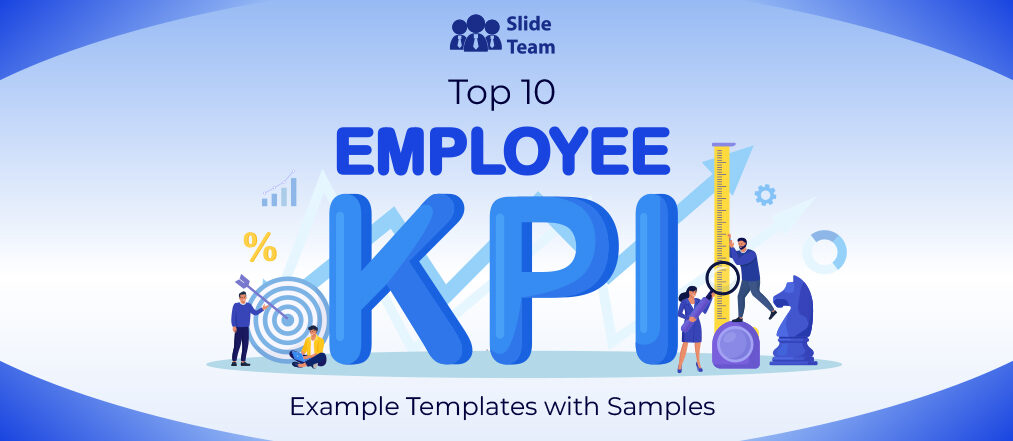


 Customer Reviews
Customer Reviews

